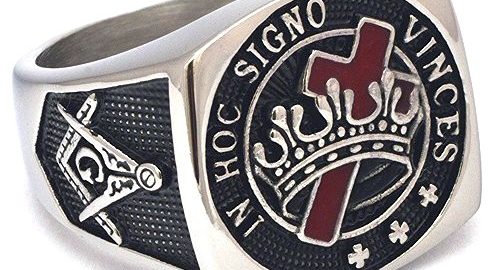Why does the AFM / AGS logo Look just like the Freemason Knights Templar Logo ?
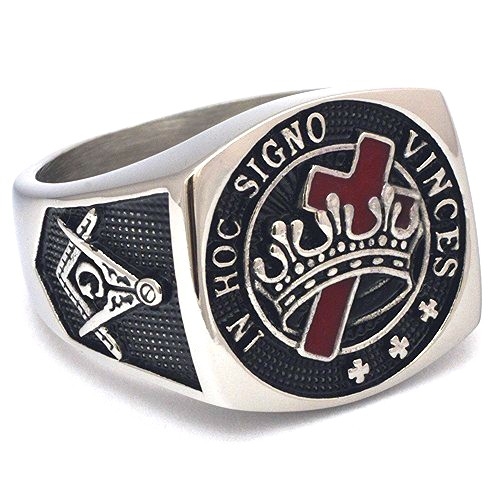
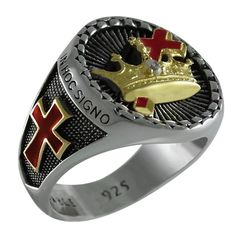
Blood-Red Passion Cross and Crown with the Sun behind it !
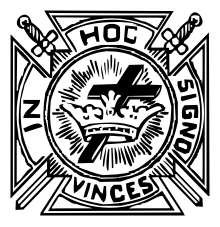
Apostolic Faith Mission of South Africa
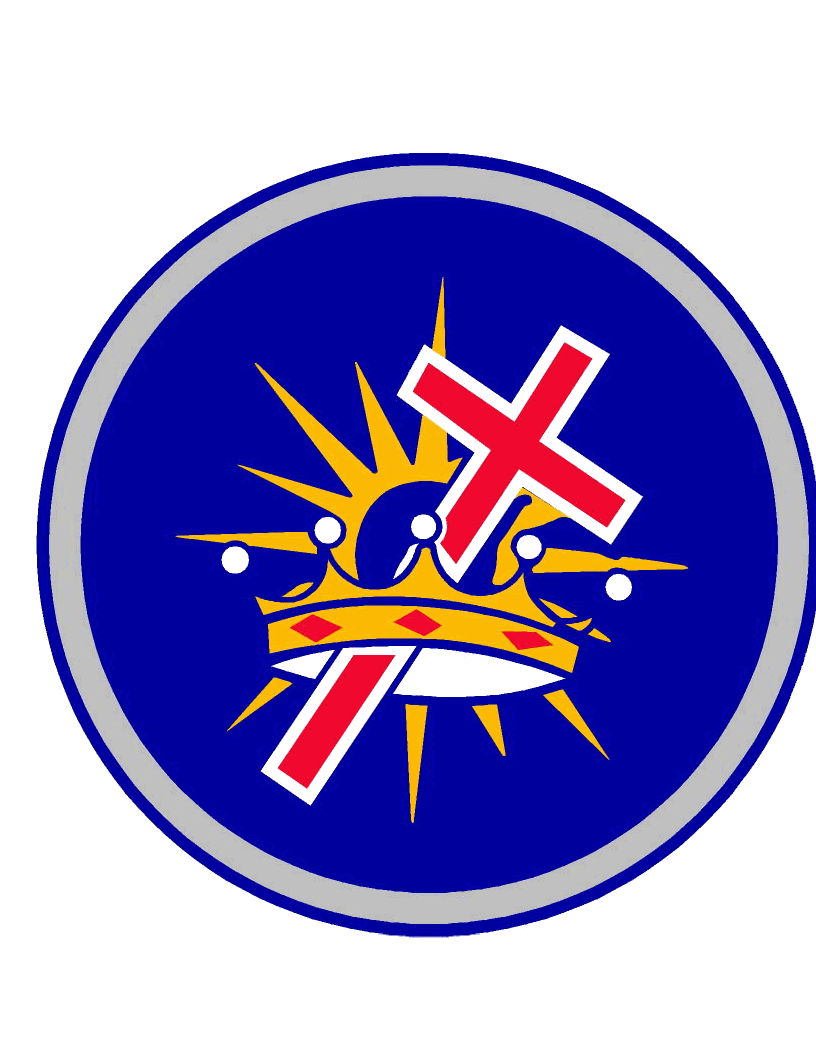
Church Founded in : 1908 .
The Freemason Knights of Templar Founded in 1139.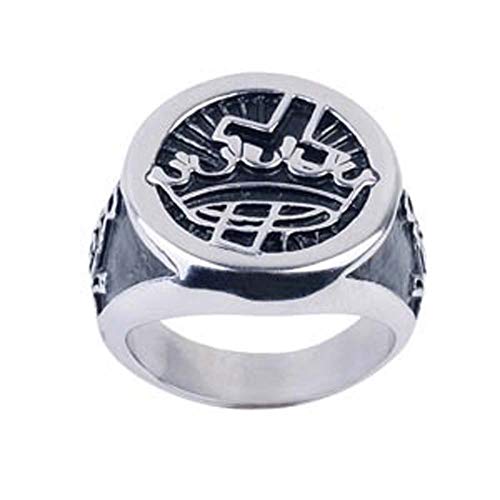
The symbol is also associated with Freemasonry, specifically the Knight Templar degree of the York Rite of Freemasonry. The symbol is also known as “Knight Templar’s Blood-Red Passion Cross and Crown”. The cross and crown symbol is often surrounded by the phrase “In Hoc Signo Vinces”, which is Latin for “By this sign thou shalt conquer”. This is a reference to the story of Constantine, who reportedly had a vision of a Chi Rho symbol, and a voice saying “By this sign thou shalt conquer”.
The symbol was also featured in the early publications and memorabilia of the International Bible Students Association. First appearing on the cover of the January 1881 issue of Zion’s Watch Tower, the cross and crown were surrounded by a wreath of laurel leaves, and the symbol was also used on lapel pins, buttons (metal and celluloid) and pendants of various designs. However, not all of its uses by the I.B.S.A. included the wreath of laurel leaves. Although Charles Taze Russell’s gravesite is marked by a pyramid memorial erected by the Watch Tower Bible and Tract Society with an illustration of the Cross and Crown symbol, the Watchtower Society later discontinued using the cross and crown some years after, viewing it as a “pagan symbol” – their doctrine for some time since is that Jesus was executed not on a cross but on an upright stake.
The Cross and Crown symbol is also the key emblem of the Royal Black Institution, (a sister organisation of the Orange Order), a Protestant fraternity, with structural and symbolic links to Freemasonry?
Question 2. Did the Leadership of the AFM / AGS know that their founding member was a Free Mason Knight of Templar ?
This is the Story of JOHN G. LAKE (1870-1935)
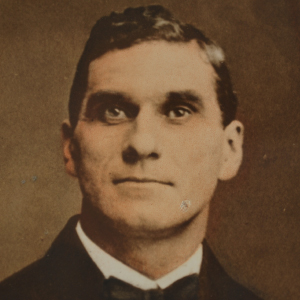
The healing room ministry that we know today directly comes from the ministry of John G. Lake. Cal Pierce (Family of Chuck Pierce NAR Apostle), who leads the Healing Rooms ministry, used to be a member and elder of Bethel Church. He indicates that for over a year, he visit John G. Lake’s grave to pray there until he heard from God that he was to reinstate a healing ministry in Spokane, Washington. The first healing room was opened at the very location of John G. Lake’s ministry.Of course, Bill Johnson is involved in this ministry; there is a healing room at Bethel Church, and it seems that Bill Johnson is a member of the board.
We talk about John Alexander Dowie on this website because John G. Lake was heavily influenced by him (John G. Lake actually lived in Zion, Illinois from 1901 to 1905). He even drew inspiration from Dowie’s methods in that he sold overpriced shares of struggling companies to his parishioners.
He plays a very important role in the “healing room” movement . The first one was opened in the room that John G. Lake used as a healing room. He is often cited within the movement of the New Apostolic Reformation (NAR), where he is an uncontested “general of God” and as having a very special anointing.
If we study it, however, we find that this person’s life drastically contrasts with the praise that he receives from NAR leaders.
He was born in Canada and then moved to the United States in 1886 with his family. He claimed that he had been ordained in a Methodist ministry, but the ministry he referred to never existed. The 1900 census shows that his education had lasted less than 10 years. Thus, he didn’t have any formal theological education.
Afterwards, he worked as a carpenter in the suburbs of Chicago; he eventually went back to the city where his family lived.
In 1989, Lake opened a chapter of Dowie’s Christian Catholic Church in his parents’ attic. In 1901, he and his family moved to Zion, Illinois. He worked in the city’s construction department. After the collapse of Zion, he found another job.
Later on, when he began to preach, he claimed that he used to be a businessman, had founded two newspapers, had had a flourishing career in real estate and had become a millionaire by working in the life insurance industry. No proofs ever confirmed those events; quite the contrary, it was shown that the newspapers had been created by other people. Similar counter proofs were brought for the other statements. Lake also said that he had been in touch with prominent people of the city of Chicago and had quit a job that paid over a million dollars. He stated that he had had a seat at the Chicago Stock Exchange. These statements were never proven true. Conversely, the facts seem to indicate that he never left Zion over that period of time.
In 1907, he embraced Pentacostalism after Charles Parham opened a revival tent in Zion.
When Parham was arrested due to his homosexuality (he was later released for lack of proofs), several hundred of his disciples entered a phase of collective frenzy. They believed that many were possessed, hence brutal exorcism sessions started taking place, leading to the death of several people. After several were arrested and impending mob violence, Parhamites fled the city. Lake moved to Indianapolis. He said that he had no money because he had given everything to the church before starting his ministry (see the above-mentioned statements he made about his wealth).
In 1908 he and his family emigrated to South Africa, where he created what was probably the first Pentecostal church in the country; there, he introduced speaking in tongues.
Six months after he arrived, his wife died. He tried but could not heal her.
He played a central role in the merger of the Zionist and Pentecostal movements in South Africa.
His ministry was not free of controversies; he was accused of misappropriating church money and to exaggerate the outcomes of his ministry.
In 1913, he went back to the United States. After a year of itinerant ministry, he settled in Spokane, Washington. In 1915, he founded an institution called the “Divine Healing Institute.” In 1920, he relocated to Portland, Oregon and continued to open healing rooms along the Californian coast and even in Houston, Texas in 1927.
In 1931, he returned to Spokane and then died in 1935, at age 65.
selling worthless shares to parishioners (like John Alexander Dowie);
letting a woman die after telling her she was cured;
telling a young girl that she was healed whereas an X-ray showed that she had several broken bones, which would left her disabled for life had she not received medical treatment;
impersonating a police officer.
It seems difficult to grant that man’s word any credit. We can thus be legitimately surprised that the New Apostolic Reformation would honor such people.
Worse yet, some (including Bethel students) seek to “soak up” Lake’s “anointing” by lying on his grave.
Latest discovery
In August of 1922, “Apostle” John G. Lake was arrested for impersonating a police officer. This is the story that led to that event.
